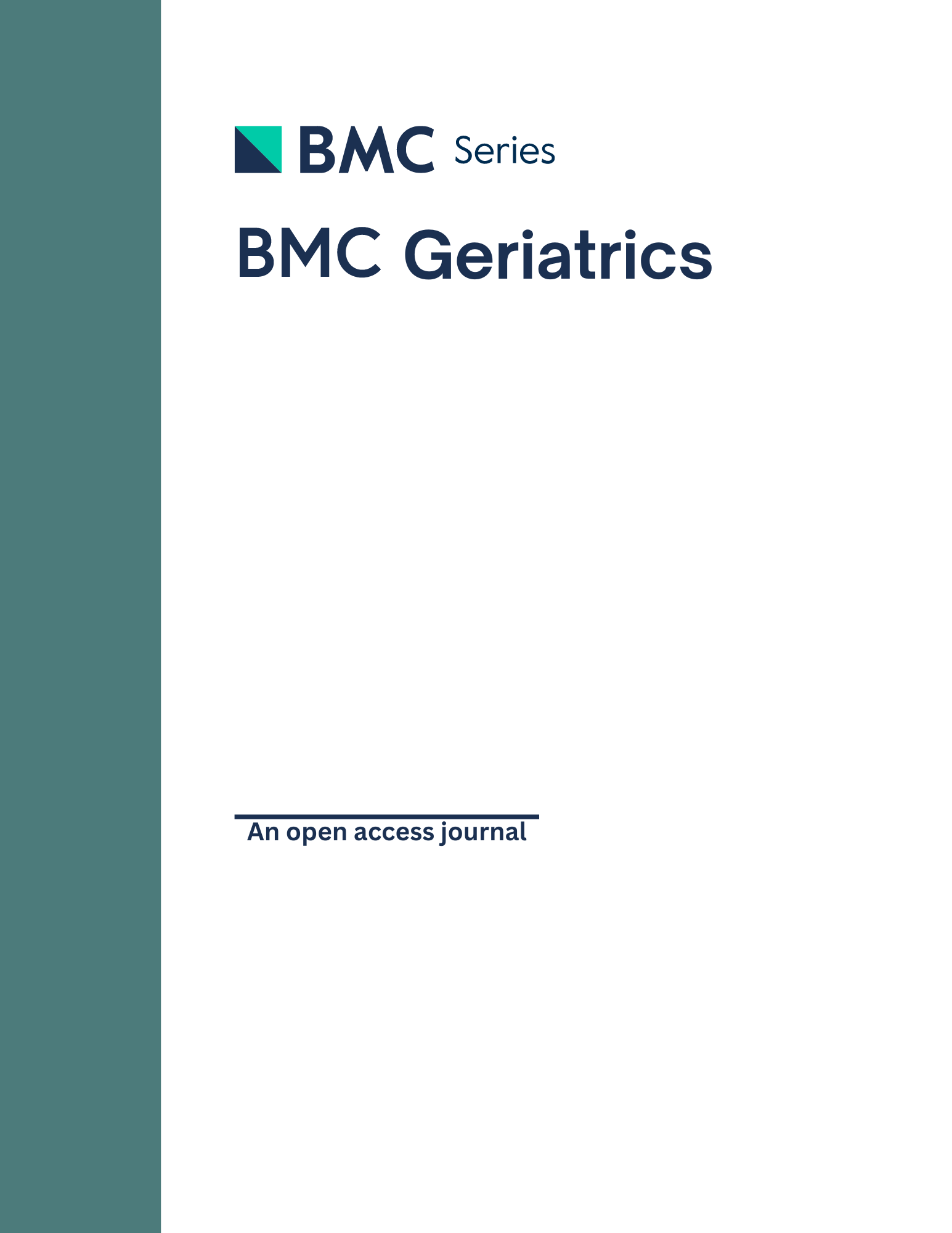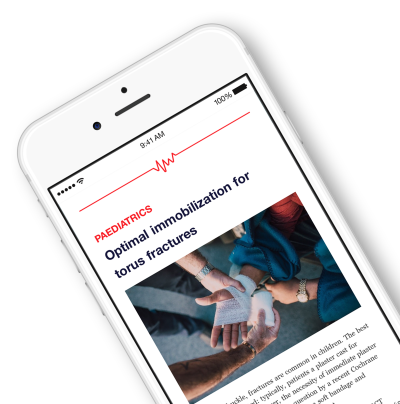
Protein-Rich nutritional supplementation shows limited efficacy in elderly hip fractures .
Effects of protein-rich nutritional supplementation and bisphosphonates on body composition, handgrip strength and health-related quality of life after hip fracture: a 12-month randomized controlled study
BMC Geriatr. 2015 Nov 17;15(1):14979 elderly patients with femoral neck or trochanteric hip fractures were randomized to a group receiving protein-rich supplementation and weekly bisphosphonates, weekly bisphosphonates alone, or a control group; all three groups received calcium and vitamin D supplementation. The purpose of this randomized controlled trial was to compare these treatments in terms of their effect on body composition, hand-grip strength, and quality of life. The results displayed no significant differences between groups in body composition changes, hand-grip strength, or quality of life during the 1 year follow-up period. The quality of life decreased in all groups, most notably in the control and bisphosphonate groups.
Unlock the Full ACE Report
You have access to 4 more FREE articles this month.
Click below to unlock and view this ACE Reports
Unlock Now
Critical appraisals of the latest, high-impact randomized controlled trials and systematic reviews in orthopaedics
Access to OrthoEvidence podcast content, including collaborations with the Journal of Bone and Joint Surgery, interviews with internationally recognized surgeons, and roundtable discussions on orthopaedic news and topics
Subscription to The Pulse, a twice-weekly evidence-based newsletter designed to help you make better clinical decisions
Exclusive access to original content articles, including in-house systematic reviews, and articles on health research methods and hot orthopaedic topics
































































